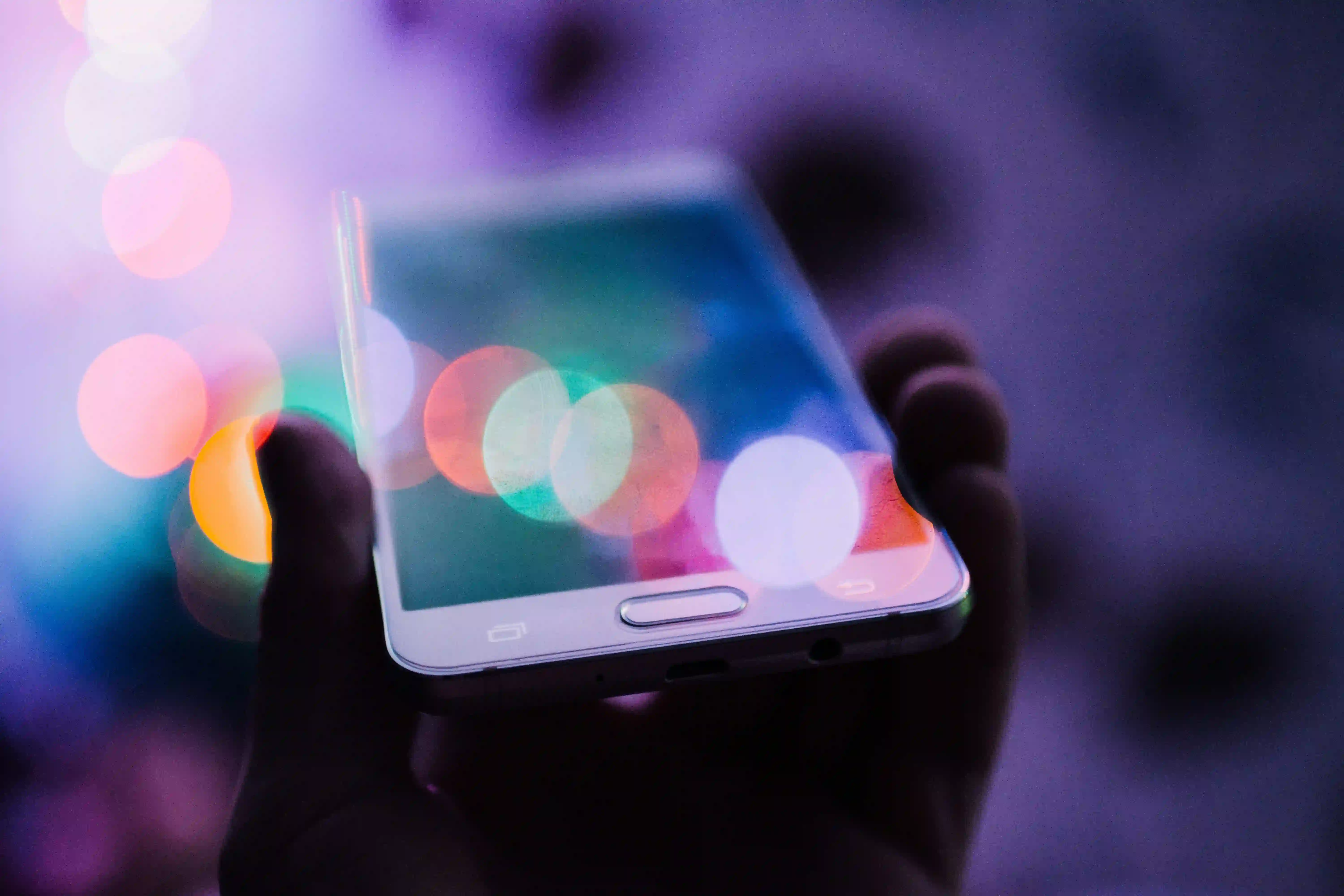
Digital Detox: Reclaim Your Time and Energy from Technology Overload
Published: by The Inner Peace Studio Team
Do you ever feel glued to your devices, constantly checking notifications, scrolling feeds, and losing track of time? In our hyper-connected world, technology overload is a common challenge that can lead to stress, reduced focus, and a feeling of being constantly "on." A digital detox isn't about abandoning technology forever, but rather about creating intentional boundaries to reclaim your time, energy, and peace of mind.
Why Embrace a Digital Detox?
The constant influx of information and demands from our devices can be exhausting. Taking a break, even a short one, can offer significant benefits:
- Reduces Stress & Anxiety: Less exposure to news feeds and social comparisons.
- Improves Focus & Productivity: Fewer distractions mean more concentration on important tasks.
- Enhances Real-Life Connections: More presence with family and friends.
- Better Sleep: Reduced blue light exposure, especially before bed.
- Boosts Creativity: Space for new ideas to emerge when your mind isn't constantly stimulated.
Practical Steps for Your Digital Detox
1. Start Small: The Micro-Detox
You don't need to go off-grid for a week. Begin with small, manageable steps:
- Designate "no-phone" zones (e.g., bedroom, dining table).
- Set specific times for checking emails or social media.
- Implement one "tech-free" hour before bed.
- Leave your phone in another room while doing a task.
2. Turn Off Notifications
Notifications are designed to pull your attention. Disabling non-essential alerts can drastically reduce interruptions.
- Go into your phone settings and disable notifications for apps you don't need immediate alerts from (most social media, games, non-essential news apps).
- Consider turning off email notifications and checking email only at designated times.
3. Create Tech-Free Times & Zones
Establish clear boundaries to ensure consistent breaks.
- Morning Routine: Avoid screens for the first 30-60 minutes after waking up.
- Mealtimes: Make meals a device-free zone for connection and mindful eating.
- Bedtime: Put devices away at least an hour before sleep.
- Nature Time: Go for a walk without your phone, or leave it in the car during outdoor activities.
4. Find Analog Replacements
Replace screen time with enriching non-digital activities:
- Read a physical book.
- Go for a walk or engage in light exercise.
- Practice journaling (see our other blog post!).
- Connect with friends or family face-to-face.
- Engage in a hobby like painting, crafting, or playing an instrument.
5. Clean Up Your Digital Environment
Decluttering your digital space can reduce the urge to constantly engage.
- Delete unused apps.
- Unfollow accounts that don't bring you joy or provide value.
- Organize your home screen with essential apps only.
- Limit app usage with built-in screen time features on your phone.
A digital detox is not about deprivation, but about liberation. It’s about being mindful of how technology serves you, rather than how it controls you. By taking small, consistent steps, you can reclaim valuable time and energy, fostering a more balanced and peaceful life.
Ready to Cultivate More Peace?
Explore our other resources on mindfulness and journaling to further enhance your well-being. Small steps lead to significant shifts!
